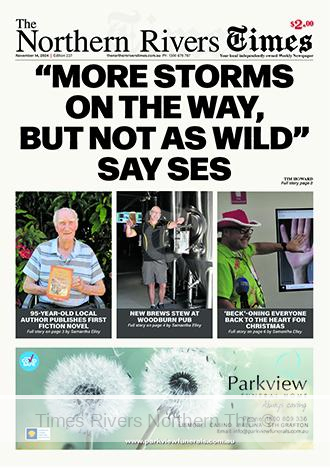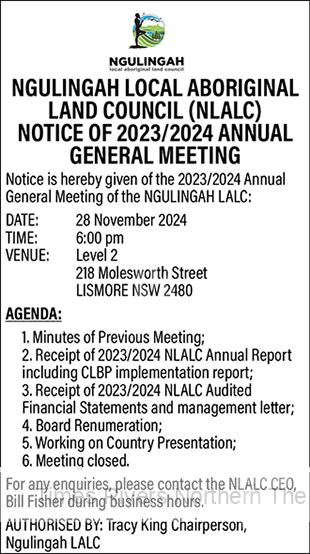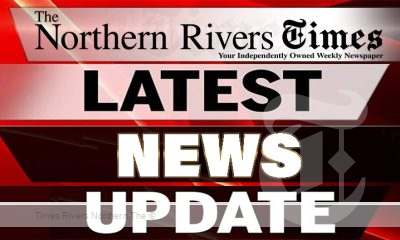Alarming Data Reveals Widespread Fears of Discrimination Among Australians Facing Cancer Treatment
A significant number of Australians are deeply concerned that factors such as their location, age, gender, sexual orientation, income, or the language they speak at home could adversely affect their cancer treatment and survival chances. This is according to new research commissioned by the Leukaemia Foundation, which highlights the pervasive fear of discrimination in the healthcare system.
The YouGov survey revealed that seven in ten Australians worry that these personal characteristics may impact their ability to receive effective cancer treatment. Millennials emerged as the most concerned, with 71% expressing fears, followed by Baby Boomers at 63% and Generation X at 62%.
With one in twelve Australians expected to be diagnosed with blood cancer—such as leukaemia, myeloma, or lymphoma—in their lifetime, the Leukaemia Foundation’s CEO, Chris Tanti, described the findings as deeply troubling. He emphasised that these fears are rooted in the broader issue of health inequity, which disproportionately affects marginalised communities.
“These latest results underscore the urgent need for greater awareness and action to create a healthcare environment that is safe, welcoming, and inclusive for everyone,” Tanti said. “We know there is a persistent and troubling cancer health divide across Australia, particularly impacting those living in regional areas, First Nations peoples, culturally and linguistically diverse (CALD) communities, and LGBTQIA+ individuals. These groups face significant barriers in accessing timely diagnoses and the best available treatments.”
The survey comes at a time when blood cancer remains one of Australia’s most deadly and prevalent diseases. Every day, 53 Australians are diagnosed with blood cancer—equating to one person every 27 minutes—and 17 people lose their lives to the disease.
Tanti further noted the geographical disparities in cancer outcomes, with 41% of Australians diagnosed with blood cancer living in regional, rural, or remote areas. These patients are statistically less likely to survive five years beyond their diagnosis compared to those in major cities, due in part to the challenges of accessing specialized care.
CALD communities face additional hurdles, particularly when English is not the primary language spoken at home. This can significantly hinder their ability to understand health information and navigate the healthcare system. Meanwhile, LGBTQIA+ individuals often experience social isolation and may delay seeking medical care due to fear of discrimination or distrust in the healthcare system.
“These issues are substantial, and it’s no surprise that many Australians are fearful about being diagnosed with cancer and their chances of survival,” Tanti said.
In response to these findings, the Leukaemia Foundation has launched a new campaign, A Fair Go, aimed at addressing the fear and uncertainty surrounding blood cancer. The initiative seeks to ensure that every Australian, regardless of their background, has the knowledge, resources, and support needed to confront blood cancer.
The campaign will also focus on supporting healthcare professionals by developing new resources and information tailored to priority population groups. Additionally, the Foundation will spearhead new initiatives and research programs to tackle the specific challenges these groups face.
“Where someone lives, their age, gender, sexual orientation, income, cultural background, or language spoken at home should not determine their chances of surviving cancer,” Tanti asserted. “It is unacceptable that seven in ten Australians live with this fear. We are committed to addressing the issue of inequity head-on, ensuring that every Australian with blood cancer has a fair go when it comes to treatment and care.”
As Blood Cancer Month approaches this September, the Leukaemia Foundation encourages all Australians affected by blood cancer, as well as those interested in learning more, to visit the Blood Cancer page on their website.
For more health news, click here.





 Tweed Shire News2 years ago
Tweed Shire News2 years ago
 Motoring News2 years ago
Motoring News2 years ago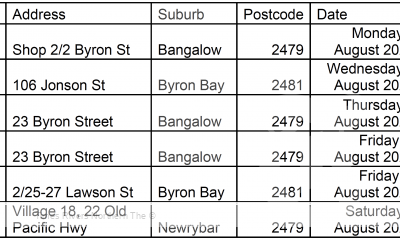
 COVID-19 Northern Rivers News3 years ago
COVID-19 Northern Rivers News3 years ago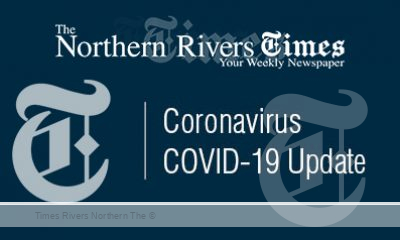
 COVID-19 Northern Rivers News3 years ago
COVID-19 Northern Rivers News3 years ago
 Northern Rivers Local News3 years ago
Northern Rivers Local News3 years ago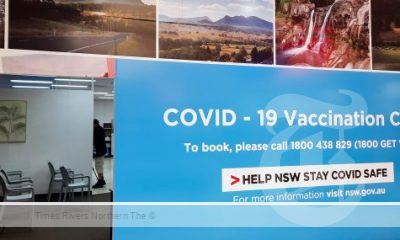
 Health News3 years ago
Health News3 years ago
 COVID-19 Northern Rivers News3 years ago
COVID-19 Northern Rivers News3 years ago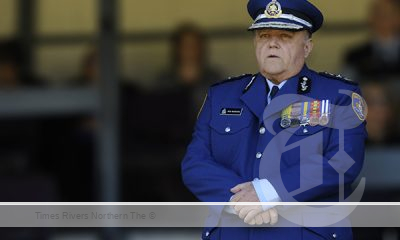
 NSW Breaking News3 years ago
NSW Breaking News3 years ago


















